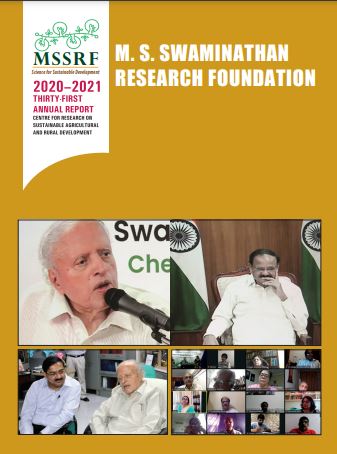Spodoptera frugiperda – referred to as Fall Army Worm (FAW), is an invasive pest that can cause extensive crop damage all over the world. Africa was the first to report it in 2016, when it caused significant damage to maize crops.
In India, FAW was initially spotted in Karnataka around 2018, and since been identified in more than 20 Indian states. The main agricultural crop affected by the pest is maize; although other crops such as rice, sugarcane, potato, and cotton are also infested.
Crop Health And Protection (CHAP) is a project funded by the UK government – Foreign, Commonwealth and Development Office’s Science and Innovation Network in India. Partnering with CABI-Plant wise, MSSRF, Knowmatics and Ystumtec, CHAP finds a technical solution for this FAW menace. The project aims to monitor and prevent Invasive Alien Species (IAS) through a sentinel network or strategy in India. A prototype trap was developed in the UK, and tested for the first time in Pudukkottai district in Tamil Nadu.
Infested with FAW, the maize crop in Pudukkottai declined from 6,000 acres to 1,600 acres. This situation was an ideal testing ground for the prototype. A field demo was thus conducted on March 25, 2022, following a consultative workshop with stakeholders. The team – Dr. Jenna Ross – CHAP-UK, Vinoth Pandit from Centre for Agriculture and Bioscience International (CABI), and scientists from MSSRF – Dr. Gopinath and Dr. Rajkumar, met Mr. Sivakumar – Joint Director, Agriculture, Pudukkottai. There was a brief discussion about the FAW trap and its usefulness as a monitoring tool by the state government.
Testing the prototype
Agriculturalists are familiar with pheromone traps, but what makes this prototype stand out is a sensor that detects the pest after it has been lured. There is a passive infrared system set on the lid, around the lure, and a camera to detect pests. It also provides an analysis of the data through a mobile app.
There are some limitations to the prototype:
1. The prototype lacks the average data analysis, so farmers must manually analyse all the data received from all the devices in their fields to arrive at an average.
2. Since the trap is powered by solar panels, it would be difficult to operate during rainy seasons.
3. To read the observations, farmers should own a smartphone and be a little tech-savvy.
The Prototype 2 is being developed, and researchers explained its working methodology to farmers during the meeting. Prototype 2 would fix all the shortcomings of the Prototype 1.

